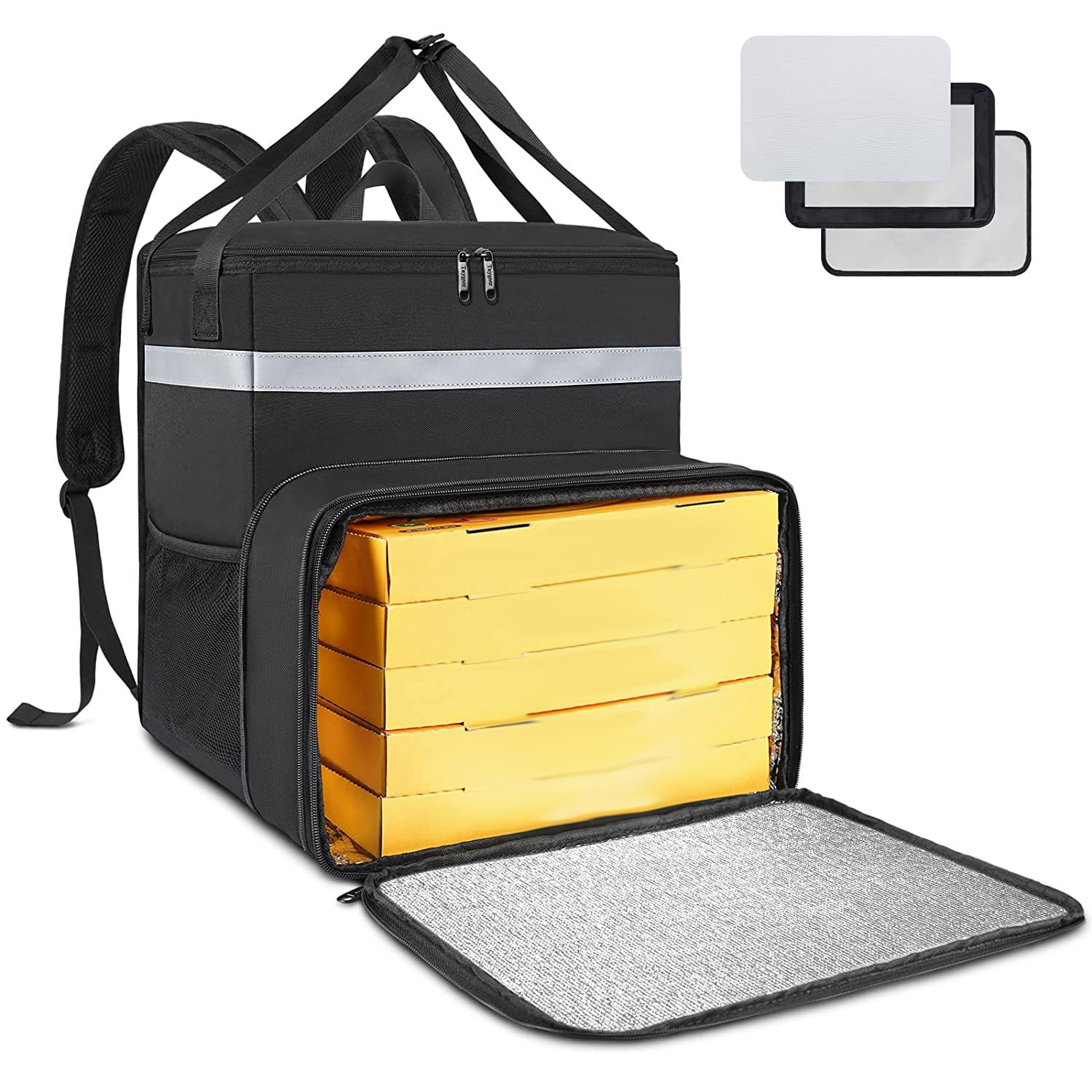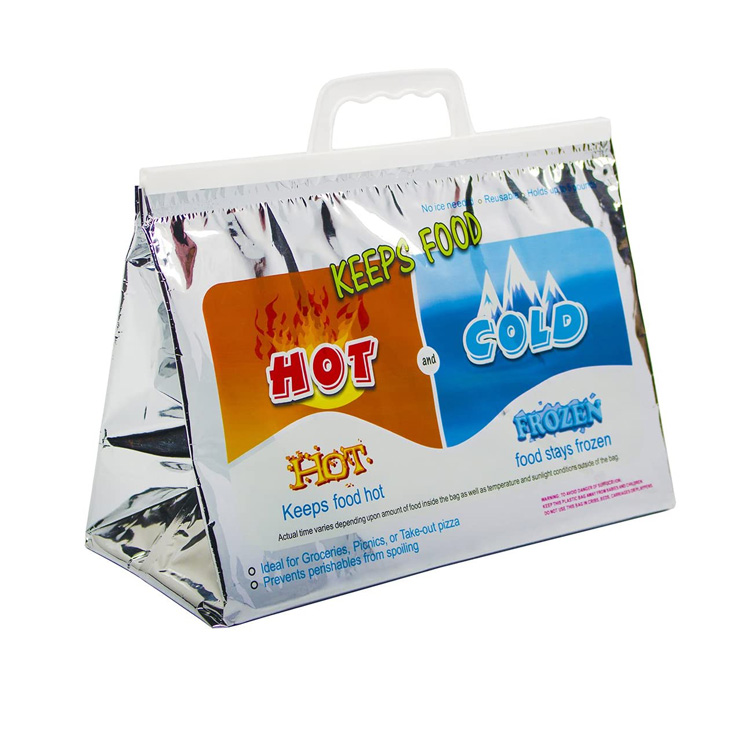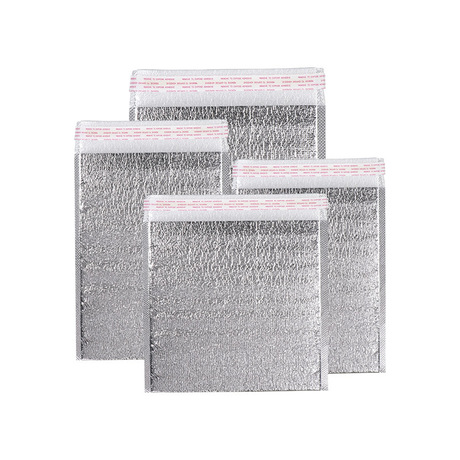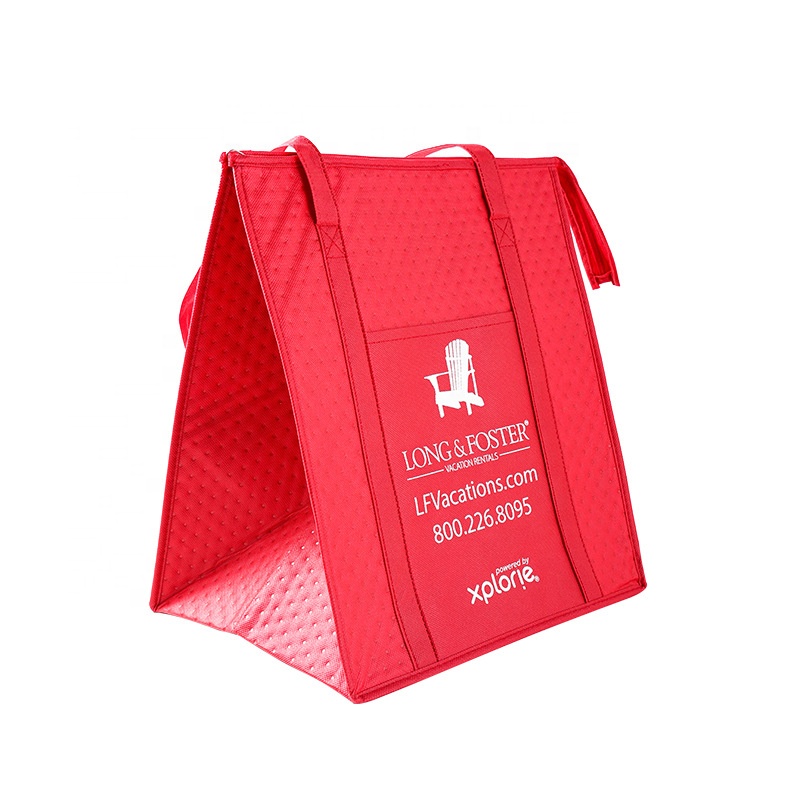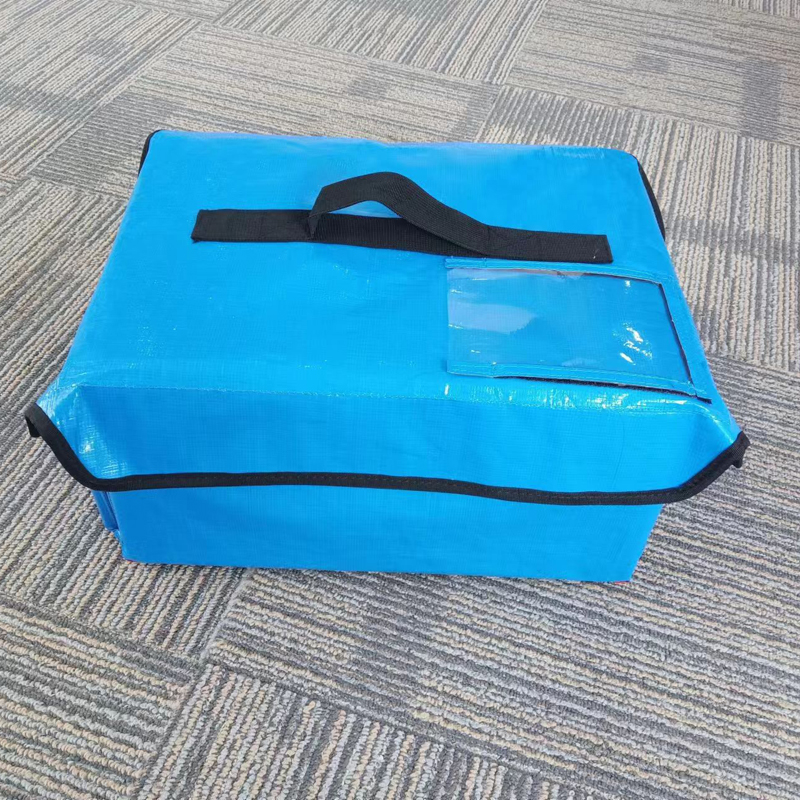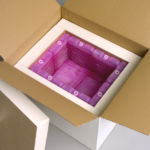Water-filled Eisbeutel are widely used in food preservation, Pharmatransport und andere Bereiche, und ihre Kühlleistung wirkt sich direkt auf die Benutzererfahrung aus. Jedoch, many consumers find that the cooling time of ice packs is often shorter than expected. This problem can be caused by a variety of factors, and understanding these factors can help optimize the effectiveness of your ice packs. Here are the main reasons why the cooldown time may be lower than expected:
1. Insufficient Wasserinjektion
The cooling time of an ice pack is closely related to the amount of water inside the ice pack. If the water is not filled, the ice pack will not be able to store enough cold energy, resulting in reduced cooling performance. If there is too little water, it will be difficult for the ice pack to maintain a consistently low temperature, which will naturally shorten the cooling time.

2. Ice pack material and insulation properties
The material of the ice pack directly affects its cooling time. If the ice pack is made of a material with poor insulating properties, external heat can easily penetrate, reducing its cooling effect. High-quality ice packs are often made from materials such as high-density polyethylene (Pe) oder Polypropylen (Pp), which have good durability and insulating properties that help extend cooling times. Wenn das Material zu dünn oder von geringer Qualität ist, the cooling time will be significantly shortened.
3. Effect of external temperature
The cooling performance of ice packs is also affected by the surrounding environment. In a hot environment, ice packs absorb external heat more quickly, resulting in shorter cooling times. If an ice pack is exposed to direct sunlight or placed near a heat source, the external heat is quickly transferred to the ice pack, reducing its cooling time.

4. Storage conditions and pre-cooling
Wenn der Eisbeutel vor dem Gebrauch nicht vorgekühlt oder nicht ordnungsgemäß gespeichert ist, its cooling performance will be affected. Eisbeutel sollten in einer kühlen Umgebung gespeichert werden, um sicherzustellen, dass sie über ausreichende Kühlkapazität verfügen. If the ice pack is stored in a high-temperature environment or not used for a long time, its cooling effect will be significantly affected.
5. Frequent use and external pressure
The frequency of use and external pressure can also affect the cooling time of the ice pack. Häufiger Gebrauch oder externer Druck, such as heavy objects pressing on ice packs, kann die Wasserbewegung im Inneren stören, resulting in less efficient cooling. Um eine optimale Leistung aufrechtzuerhalten, Eisbeutel sollten während des Gebrauchs vor verlängertem Druck oder Reibung geschützt werden.
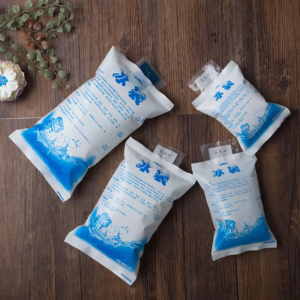
6. Water temperature and initial cooling temperature
The temperature of the water used and the initial temperature of the ice pack directly affect the cooling time. Wenn die Wassertemperatur zu hoch ist, the cooling effect of the ice pack will be significantly reduced. Ähnlich, Wenn der Eisbeutel selbst eine hohe Temperatur hat, Es wird länger dauern, um sich abzukühlen, reducing the cooling time.
7. Ice pack design and size
The design and size of the ice pack can also affect its cooling time. Larger ice packs typically store more cold energy and provide a longer cooling time. Xiaoice bags with limited capacity will naturally have a shorter cooling time. Zusätzlich, the shape and structure of ice packs can affect their heat transfer rate, and poorly designed ice packs can lead to shorter cooling times.
Abschluss
Die Gründe für die Kühldauer eines mit Wasser gefüllten Eisbeutels hängen häufig mit Faktoren wie Wasserfüllmengen zusammen, Materialqualität, externe Umgebung, und Nutzungsmethoden. Durch ordnungsgemäße Kontrolle der Wasserfüllung, Auswahl hochwertiger Materialien, Vermeiden von Hochtemperaturumgebungen, Sicherstellen Sie die richtige Lagerung, und nach den richtigen Nutzungsrichtlinien, Verbraucher können die Kühlzeit erheblich verlängern und eine optimale Kühlleistung gewährleisten.







